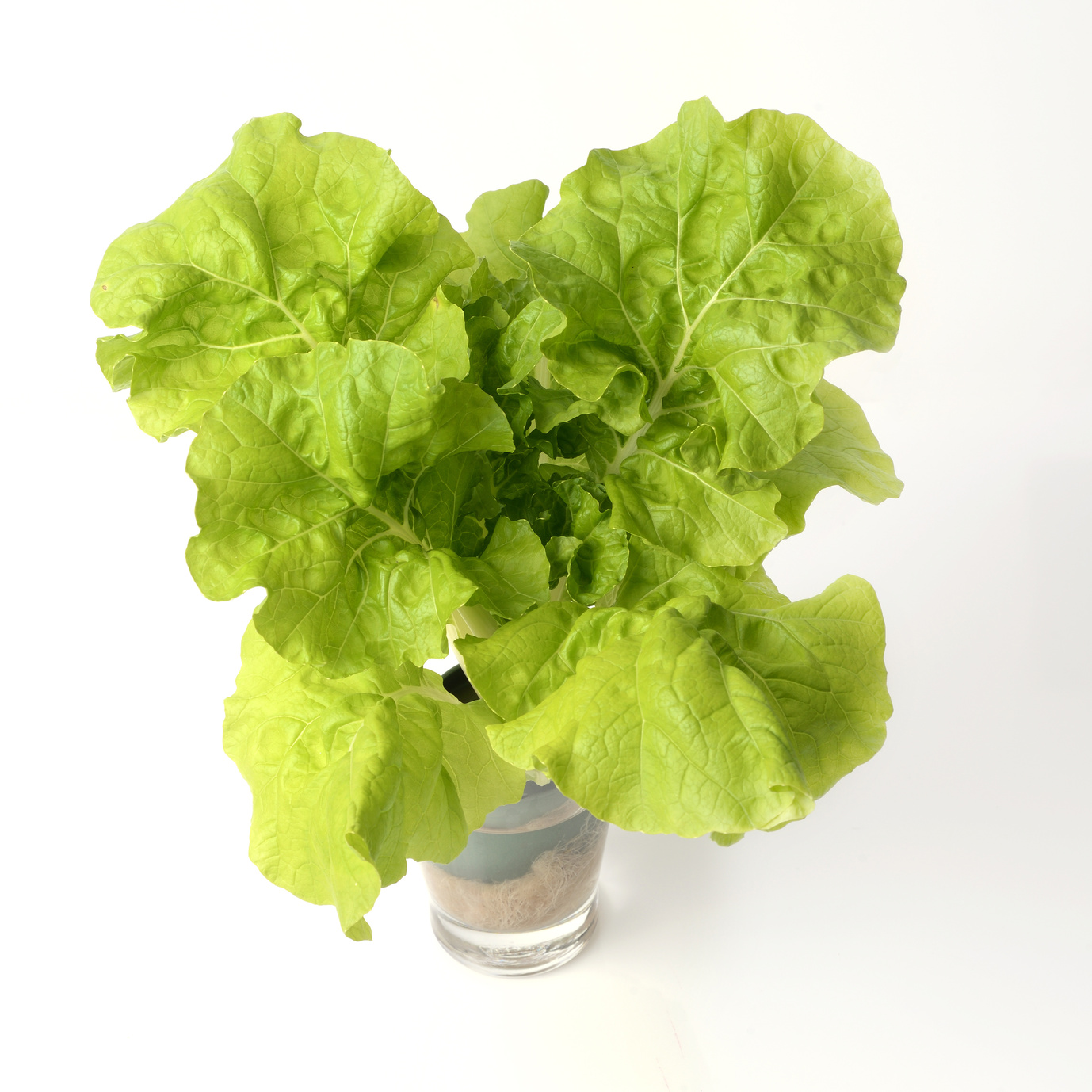Hydroponic plastic fantastic
/You don’t need a balcony, backyard, or even a rooftop to start a garden. Your kitchen and living room can become a garden with just a little effort. Following from our last post, in today’s offering we look at how hydroponics can help you create an indoor garden.
This is the most basic set-up possible: a glass, some rock-wool and water...
Those of you familiar with previous posts will know that I’ve been critical of the acolytes of hydroponics for claiming it’s so eco-friendly but ignoring the these questions: what about the LED lights and minerals/metals in solution or powder form with are processed and mined as opposed to more naturally present in soils and compost? This is therefore an attempt to keep hydroponics as basic and as ‘green’ as possible. We'll use only some old bottles, maybe some organic liquid fertiliser and some water…
Hydroponics, in its simplest form, can be a great alternative to traditional gardening because it is more space efficient and uses less water. Building a hydroponic garden from recycled plastic bottles, compared to some other hydroponic methods, is our attempt to keep it as ‘green’ as possible, using minimal water, fertilisers, electricity and only recycled materials. You might be wondering how no electricity is used. Well, no air or water pumps are needed – the roots get oxygen by forming aerial roots above the surface of the water as the water levels drop and no indoor lamps are needed (unless you live in an area with dark and gloomy days).
Beyond space saving, this method can save time with weeding, pest control and watering, it can also speed up the growth of the plant. How, you say? The plant is able to process light (photosynthesis) more quickly as you can increase the rate of oxygen to the roots and help the plant absorb nutrients better (directly from the solution, with no dissipation in soil).
Many city-dwellers like to garden this way because it is compact and cheap. The materials are easy to find. You can use any sort of plastic bottle depending on the plant and size you’re aiming for. It can be a plastic bottle from Pepsi, Coke, water, or even vodka. It can be square, round, or heart-shaped. Whatever you decide, it will work.
Plastic is best however, unless you happen to have glass melting equipment at home! Why? Because the bottles are cut in half (see diagram below). The diagram is a variant, some people will line the inverted bottle top with some supportive medium for the roots – perlite, coconut husk, wood chippings, even marbles, whatever you can lay your hands on – and have the roots dangling direct into the solution. If you opt for this, you should consider wrapping the base of the bottle in a non-translucent material, because if the roots are exposed to direct sunlight it can damage them and lead to yellowing and wilting of your plant; it will also turn the water more rancid. This can be a chance to let your creative side run wild. I saw one person who had got old magazine strips and a sort of artsy papier-mâché thing going on.
Soldering iron is a little excessive! But I'm sure you can improvise...
If you've not kept fish before, perhaps start with a tough little Siamese fighting fish (a.k.a. a betta fish, which is what I now have) as they need no filtration or oxygenation system). In a small urban garden you won't need that much water!
The water presents a few options. It should be oxygenated and have some nutrients. If you want to go for hydroponic specialist fertilisers, do so, but maybe also consider these slightly greener alternatives: liquid organic fertiliser (essentially brown gooey rotten condensate, lovely!), or if you happen to keep fish, don’t throw away the water the next time you clean the tank, as that poop-filled water is rich in waste nutrients that are perfect for plants!
In conclusion, building a hydroponic garden from recycled plastic bottles will take up very little space. Each plastic bottle takes up between three and five inches of windowsill. Depending on the size of your windows, you can fit multiple plastic bottles on a window by hanging them vertically for even more space. This system can accommodate many types of plants but herbs and smaller salad crops are the easiest and are great choices for hydroponic first-timers. If you want to try growing something else like cherry tomatoes or strawberries just plan to add a small trellis for support.
Growing whatever food you can yourself is remarkably good for the environment because industrial food production has all sorts of ecological problems. By growing a hydroponic garden you will be decreasing your carbon footprint, but for us at least the main benefit remains: making your meals more fresh and tasty.




